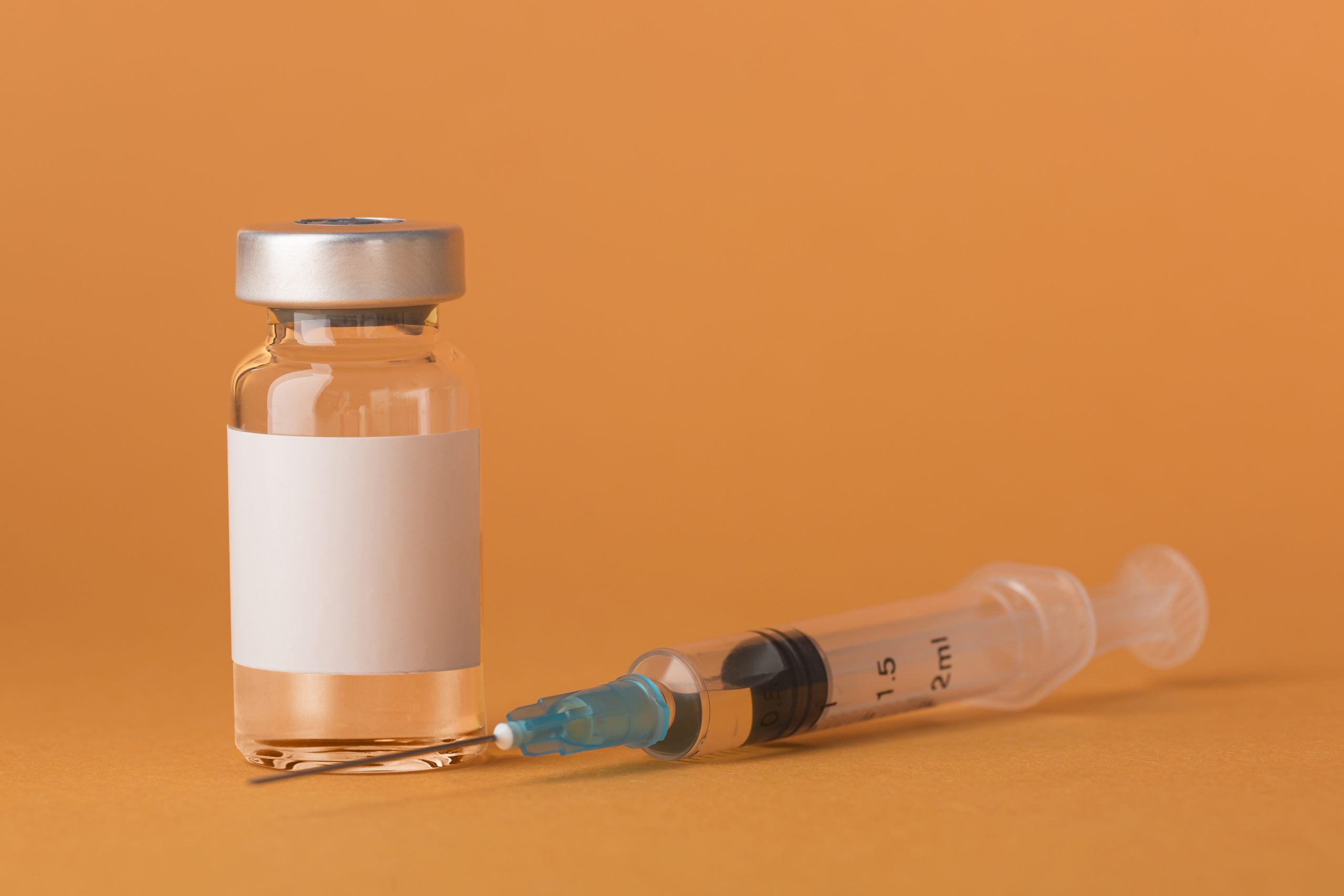Semaglutide 2ml: Its Role in Medicine

Semaglutide, a relatively new player in the medical field, has been garnering attention for its potential in treating various health conditions. Particularly, a 2ml vial of semaglutide offers a convenient dosage form for this innovative treatment. In this article, we delve into the uses, benefits, and scientific understanding of semaglutide, referencing high-authority sources such as Wikipedia and WebMD for the most accurate and up-to-date information.
What is Semaglutide?
Semaglutide is a medication primarily used in the treatment of type 2 diabetes. As noted on WebMD, it belongs to a class of drugs known as GLP-1 receptor agonists. These drugs work by enhancing insulin secretion, thereby lowering blood sugar levels. The effectiveness of semaglutide is significant in this context, providing a measured dose that ensures consistency in treatment.
Semaglutide in Diabetes Management
In managing type 2 diabetes, maintaining consistent blood sugar levels is crucial. The 2ml vial of semaglutide offers a pre-measured, convenient form of the medication, making it easier for patients to manage their condition. Clinical trials, as detailed on Wikipedia, have shown that semaglutide effectively lowers blood sugar and A1c levels, making it a vital tool in the diabetes treatment arsenal.
Beyond Diabetes: Broader Applications
Recent studies have explored the potential of semaglutide in areas beyond diabetes management. Obesity treatment is one such area, with the 2ml vial of semaglutide showing promise in helping individuals achieve weight loss. This application is particularly exciting, given the global rise in obesity rates and the need for effective intervention strategies.
Recommended Dosage for Semaglutide
How Does Semaglutide Work?
Semaglutide 2ml works by activating the glucagon-like peptide-1 (GLP-1) receptors in the body. When administered, it stimulates insulin secretion from pancreatic beta cells, leading to improved blood sugar control in individuals with type 2 diabetes. Simultaneously, semaglutide inhibits the release of glucagon, a hormone that elevates blood sugar levels. This dual action helps regulate glucose levels effectively. The medication also slows gastric emptying, controlling the rate at which glucose enters the bloodstream after meals. In the brain, activation of GLP-1 receptors influences appetite regulation, promoting a feeling of fullness and aiding in weight management. Semaglutide, a subcutaneously administered injection, plays a crucial role in managing type 2 diabetes and supporting cardiovascular health by leveraging the natural actions of GLP-1. Always adhere to prescribed dosages and follow healthcare providers’ guidance for optimal results.
Benefits of Semaglutide:
When should you take Semaglutide?
You should take 2ml vial of semaglutide as prescribed by your healthcare provider. Typically, it is administered once a week through a subcutaneous injection. The injection can be given at any time of the day, with or without meals, but it’s essential to maintain consistency in the chosen day and time. This helps establish a routine for better adherence. However, if a dose is missed, it should be administered as soon as possible within the next five days, and if more than five days have passed, the missed dose should be skipped, and the regular dosing schedule resumed.
When Should You Not Take Semaglutide?
Conversely, you should not take 2ml vial of semaglutide if you are allergic to semaglutide or any of its components. Individuals with a history of medullary thyroid carcinoma (MTC) or a family history of MTC should also avoid this medication. Additionally, those with multiple endocrine neoplasia syndrome type 2 (MEN 2) should not use Semaglutide 2ml. It’s crucial to inform your healthcare provider about your medical history, especially regarding pancreatitis, kidney problems, and gastrointestinal diseases, as these conditions may influence whether Semaglutide is suitable for you. Always follow your healthcare provider’s guidance and consult them for personalized advice.
What is the Mechanism of Action of Semaglutide:
Warnings and Precautions for Semaglutide 2ml
Side Effects of Semaglutide 2ml
Short-term Effects:
- Gastrointestinal Distress: Nausea, vomiting, diarrhea, and abdominal pain can occur, especially during initial use.
- Injection Site Reactions: Redness, swelling, itching, and nodules may develop at the injection site.
- Hypoglycemia: Low blood sugar levels, particularly when used in combination with other diabetes medications.
- Appetite Changes: Some individuals may experience changes in appetite or food intake.
Long-term Effects:
- Pancreatitis: Semaglutide has been associated with an increased risk of pancreatitis.
- Medullary Thyroid Carcinoma (MTC): Cases of MTC, a rare thyroid cancer, have been reported in patients taking GLP-1 receptor agonists like semaglutide.
- Cardiovascular Effects: Long-term cardiovascular safety is generally positive, but individual responses may vary. Regular monitoring for cardiovascular risk factors may be necessary.
- Renal Effects: Some GLP-1 receptor agonists, including semaglutide, have shown potential renal benefits, but long-term data are still being studied.
- Thyroid C-Cell Tumors: Long-term concerns related to the potential risk of thyroid C-cell tumors observed in preclinical studies with rodents.
- Heart Rate Increase: Long-term use may be associated with an increase in heart rate.
- Bone Health: Ongoing research to understand the potential effects on bone health with long-term use.
Drug Interactions of Semaglutide
Semaglutide 2ml may interact with various medications, necessitating caution and careful monitoring when used in combination. Concurrent use with insulin or insulin secretagogues may increase the risk of hypoglycemia, requiring dosage adjustments. Orally administered medications should be taken at least an hour before semaglutide to avoid potential interactions affecting absorption. Close monitoring is advised when combining semaglutide with warfarin, as it may impact international normalized ratio (INR) levels, potentially leading to an increased risk of bleeding. Digoxin levels should be monitored when used concomitantly with semaglutide due to potential delays in absorption. Caution is recommended when using immunosuppressive agents concurrently with semaglutide, as GLP-1 receptor agonists may pose an increased risk of immunogenicity. Thorough communication with healthcare providers is crucial to assess potential interactions and determine appropriate adjustments in the treatment plan.
Storage for Semaglutide 2ml
Store a 2ml vial of semaglutide as directed by your healthcare provider or the medication’s packaging instructions. Typically, it is kept in the refrigerator, but certain formulations may allow for short-term storage at room temperature. Protect the medication from light exposure and avoid freezing. Unused pens can be refrigerated, and once in use, they may be stored at room temperature for a limited period. Ensure the medication remains in its original packaging to shield it from moisture. Always follow the specific storage guidelines provided to maintain its stability and efficacy. If in doubt, consult with your healthcare provider or pharmacist for accurate storage instructions tailored to your specific Semaglutide product.
Looking to the Future
The future of a 2ml vial of semaglutide, particularly in the form of a 2ml vial, looks promising. Ongoing research continues to uncover new potential uses for this medication, potentially revolutionizing treatment approaches in various health conditions. For the most current information, readers are encouraged to consult resources like WebMD and Wikipedia.
In conclusion, the 2ml vial of semaglutide represents a significant development in medical treatment, offering benefits in diabetes management and beyond. As research progresses, we may find even more applications for this versatile medication, underscoring its importance in modern medicine.
Where to buy Semaglutide 2ml?
Frequently Asked Questions (FAQ)
- How should I administer Semaglutide?
- Administer Semaglutide 2ml as prescribed by your healthcare provider through a subcutaneous injection. Follow the provided instructions for proper administration.
- When is the best time to take Semaglutide?
- Semaglutide 2ml can be injected at any time of the day, with or without meals. It is essential to maintain a consistent schedule for optimal results.
- What should I do if I miss a dose of Semaglutide?
- If you miss a dose, administer it as soon as possible within the next five days. If more than five days have passed, skip the missed dose and resume your regular dosing schedule.
- Can Semaglutide be used for weight loss?
- Yes, Semaglutide 2ml, under the brand Wegovy, is specifically indicated for weight management in adults with obesity or overweight conditions.
- Are there any dietary restrictions while using Semaglutide?
- No specific dietary restrictions, but maintaining a healthy diet is essential. Consult your healthcare provider for personalized dietary advice.
- Can Semaglutide be used during pregnancy or breastfeeding?
- Consult your healthcare provider before using Semaglutide 2ml if you are pregnant, planning to become pregnant, or breastfeeding.
- How long does it take for Semaglutide to show results?
- Individual responses vary, but improvements in blood sugar control and weight management may be observed over time with consistent use.







